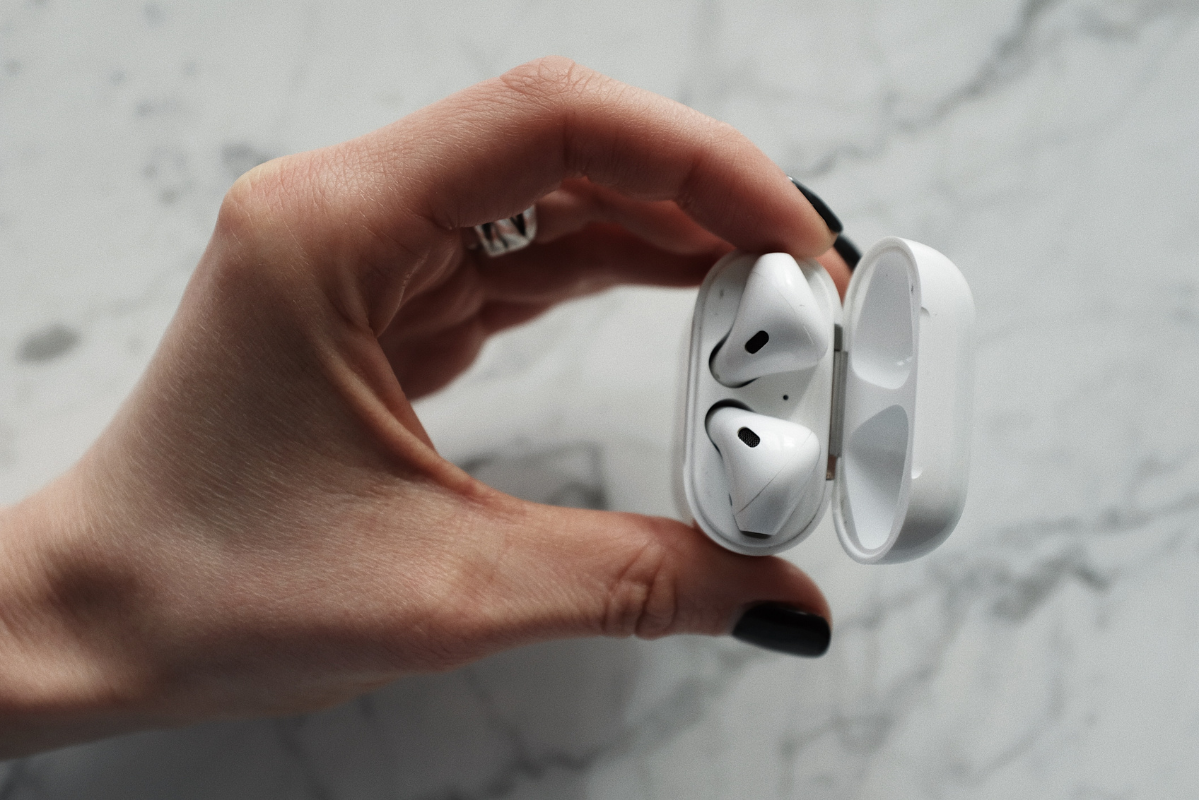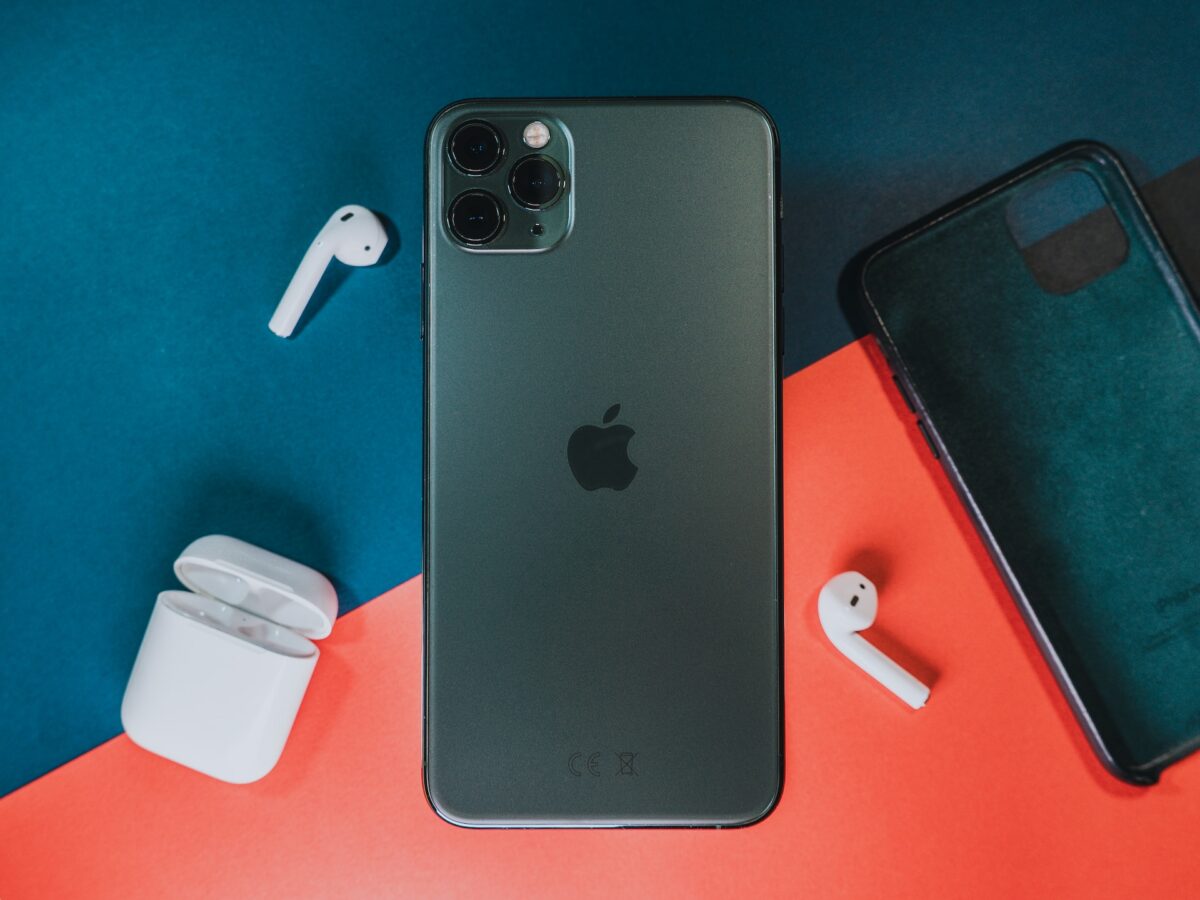Are you curious about how many generations of AirPods are there?
With the increasing popularity of wireless earbuds, it’s understandable to wonder how many different versions of AirPods have been released.
Apple has been releasing new models of AirPods since their initial release in 2016, and they have continued to improve upon the design and features with each new generation.
Currently, there are three generations of AirPods in the standard lineup, as well as two generations of AirPods Pro and the AirPods Max.
Each generation offers unique features and improvements over the previous model, making it important to know which generation you have if you’re considering purchasing a new pair or troubleshooting any issues.
In this article, we’ll explore the different generations of AirPods in detail, so you can determine which model is right for you.
Table of Contents
ToggleHow Many Generations Of AirPods Are There?
If you’re considering purchasing AirPods, you may be wondering how many generations of AirPods exist.
Currently, there are three generations of AirPods: the first-generation, second-generation, and AirPods Pro.
In this section, we’ll discuss each of these generations in more detail.
First-Generation AirPods
The first-generation AirPods were released in 2016 and were a significant innovation in the wireless headphone market.

They featured the H1 chip, which allowed for faster connectivity and better battery life.
They also had a unique design, with longer stems than the second and third generations.
While they were groundbreaking at the time, they lacked some of the features that were added in later generations, such as device switching and transparency mode.
Second-Generation AirPods
The second-generation AirPods were released in 2019 and included several upgrades from the first generation.
They had a shorter stem, which made them more comfortable to wear for extended periods.
They also included the new H1 chip, which provided faster connectivity and improved audio quality.
One of the most significant upgrades was the addition of device switching, which made it easier to switch between devices without having to disconnect and reconnect.
AirPods Pro
The AirPods Pro were released in 2019 and were a significant departure from the previous generations.
They featured a new design with a shorter stem and included several new features, such as transparency mode and noise cancellation.
They also had better audio quality than the previous generations, thanks to the addition of Bluetooth 5.3 and firmware updates.
In conclusion, there are three generations of AirPods: the first-generation, second-generation, and AirPods Pro.
Each generation has its unique features and upgrades, and the decision on which one to purchase depends on your needs and preferences.
Whether you’re looking for a more comfortable fit, better audio quality, or new features like transparency mode, there’s an AirPods generation that’s right for you.
Design And Features
When it comes to design and features, the AirPods have undergone some changes over the years.
Here are some of the key features you can expect from the different generations of AirPods.
Wireless Charging
If you want to charge your AirPods wirelessly, you will need to get the second generation or later.
The first-generation AirPods only come with a standard charging case that requires a lightning cable to charge.
However, the second-generation AirPods and AirPods Pro come with a wireless charging case as an option.

Charging Case
The charging case is an essential part of the AirPods.
It not only protects the AirPods when they are not in use but also charges them.
The first-generation AirPods come with a standard charging case that requires a lightning cable to charge.
However, the second-generation AirPods and AirPods Pro come with a wireless charging case as an option.
Magsafe
The AirPods Pro and AirPods Max come with MagSafe technology.
This allows for a more secure and faster wireless charging experience.
With MagSafe, the AirPods Pro and AirPods Max can snap onto the charging pad, ensuring that they are correctly aligned for charging.
Ear Tips
The AirPods Pro come with three different sizes of ear tips.
This allows you to choose the size that fits your ears best for a more comfortable and secure fit.
The ear tips are also interchangeable, so you can easily swap them out if needed.
Force Sensor
The AirPods Pro and AirPods Max come with a force sensor.
This allows you to control your music and calls with a simple squeeze.
You can also use the force sensor to switch between noise cancellation and transparency mode.
Overall, the AirPods have evolved over the years, with each generation offering new and improved features.
Whether you are looking for wireless charging, a more comfortable fit, or better control over your music and calls, there is an AirPods generation that is right for you.
Sound Quality
When it comes to sound quality, AirPods are known for delivering crisp and clear audio.
The latest models come with advanced features that further enhance the listening experience.
Spatial Audio
One of the most notable features of the latest AirPods models is Spatial Audio.
This feature uses dynamic head tracking to create an immersive audio experience.
It makes the sound feel like it’s coming from all around you, even if you’re just watching a movie on your iPhone or iPad.
This feature is particularly useful for those who enjoy watching movies or playing games on their devices.
Active Noise Cancellation
Another feature that contributes to the AirPods’ sound quality is Active Noise Cancellation.
This feature blocks out external noise, allowing you to focus on the audio.
It’s especially useful in noisy environments like the subway or a busy street.
With Active Noise Cancellation, you can enjoy your music or podcasts without any distractions.
In addition to these features, AirPods also come with custom high-excursion Apple drivers and high dynamic range amplifiers that deliver powerful bass and clear treble.
The latest models also come with Adaptive EQ that automatically adjusts the sound based on the shape of your ear.
Overall, AirPods are known for their exceptional sound quality and advanced features.
Whether you’re a music lover or a movie buff, AirPods are a great choice for anyone who wants to enjoy high-quality audio on the go.
Compatibility
When it comes to compatibility, AirPods work best with Apple devices.

However, they can still be used with Android devices as well. In this section, we’ll take a closer look at how AirPods work with iOS and Android devices.
iOS
If you have an iPhone, iPad, or iPod touch, your AirPods will work seamlessly with your device.
All you need to do is open the AirPods case near your device and follow the on-screen instructions to connect them.
Once connected, your AirPods will automatically connect to your device whenever they’re in range.
With iOS, you’ll get access to a range of features that aren’t available on Android devices.
For example, you can use Siri to control your music, make phone calls, and more.
You can also use the “Find My” app to locate your AirPods if you misplace them.
Android
While AirPods work best with Apple devices, they can still be used with Android devices as well.
However, you won’t get access to all of the features that are available on iOS.
To connect your AirPods to an Android device, you’ll need to open the Bluetooth settings on your device and put your AirPods into pairing mode.
Once paired, your AirPods will connect to your device whenever they’re in range.
With Android, you’ll be able to use your AirPods to listen to music and make phone calls.
However, you won’t be able to use Siri or the “Find My” app.
Additionally, some of the features that are available on iOS, such as automatic ear detection, may not work as well on Android devices.
Overall, while AirPods work best with Apple devices, they can still be used with Android devices as well.
However, if you’re looking for the best experience, we recommend using them with an iPhone, iPad, or iPod touch.
AirPods 2
If you’re in the market for wireless earbuds, you’ve probably heard about the AirPods 2.
These earbuds are the second generation of Apple’s popular AirPods, and they come with a range of new features and improvements.
Wireless Earbuds
Like their predecessors, AirPods 2 are completely wireless earbuds.
This means that there are no cords or wires to get tangled up in, making them perfect for workouts or other activities where you need to move around freely.
Qi
One of the most significant new features of AirPods 2 is the addition of Qi wireless charging.
This means that you can charge your AirPods 2 by placing them on a Qi-compatible charging mat, rather than plugging them in with a Lightning cable.
H2 Chip
AirPods 2 also come with Apple’s new H2 chip, which provides faster and more stable wireless connectivity.
This means that you’ll experience fewer dropouts and interruptions when using your AirPods 2.
Longer Battery Life
Another improvement in AirPods 2 is the longer battery life.
With the new H2 chip, AirPods 2 can deliver up to 5 hours of listening time and 3 hours of talk time on a single charge.
And with the charging case, you can get up to 24 hours of listening time and 18 hours of talk time.
Optical Sensor
Finally, AirPods 2 come with a new optical sensor that can detect when the earbuds are in your ears.
This means that your music will automatically pause when you take your AirPods 2 out of your ears, and it will resume playing when you put them back in.
Overall, AirPods 2 are a significant improvement over the original AirPods, with new features like Qi wireless charging, the H2 chip, longer battery life, and the optical sensor.
If you’re looking for a great pair of wireless earbuds, AirPods 2 are definitely worth considering.
Lineups And Settings
When it comes to AirPods, there are a few different lineups to choose from.
The standard AirPods lineup has three generations, while the AirPods Pro range has two generations, and the AirPods Max is its own separate product.
In this section, we’ll focus on the AirPods (2nd Generation) lineup and discuss some of its features and settings.

AirPods (2nd Generation)
The AirPods (2nd Generation) are an upgrade from the original AirPods and come with a few new features.
They have an H1 chip that allows for faster switching between devices, hands-free “Hey Siri” functionality, and improved battery life.
They also have an optional wireless charging case that can be charged with a Qi-compatible charging mat.
IPX4 Rating
The AirPods (2nd Generation) have an IPX4 rating, which means they are sweat and water-resistant.
This makes them a great choice for workouts and outdoor activities.
However, it’s important to note that they are not completely waterproof and should not be submerged in water.
Settings App
You can customize your AirPods (2nd Generation) settings in the Settings app on your iPhone or iPad.
From here, you can adjust the double-tap function, change the name of your AirPods, and enable or disable automatic ear detection.
You can also see the battery life of your AirPods and charging case.
Firmware Updates
Apple periodically releases firmware updates for AirPods (2nd Generation) to improve their performance and fix any issues.
These updates are installed automatically when your AirPods are connected to your iPhone or iPad and charging in their case.
You can check the firmware version of your AirPods in the Settings app.
Overall, the AirPods (2nd Generation) lineup offers a lot of great features and settings to enhance your listening experience.
Whether you’re using them for workouts or just listening to music on the go, they’re a great choice for anyone who wants high-quality wireless earbuds.
Key Takeaways
If you are in the market for AirPods, it’s important to understand the different generations available.
Here are the key takeaways:
- There are currently three generations of standard AirPods available: the first, second, and third generation.
- The AirPods Pro are a separate range of earbuds, with two generations available.
- The AirPods Max are Apple’s over-ear headphones, which were released in 2020.
- The easiest way to identify which generation of AirPods you have is by checking the model number.
- Each generation of AirPods has different features and improvements, so it’s important to do your research before making a purchase.
The first generation of AirPods was released in 2016 and was a game-changer for wireless earbuds.
They had a five-hour battery life and came with a charging case that could provide an additional 24 hours of battery life.
The second generation, released in 2019, added features like “Hey Siri” voice activation and a wireless charging case.
The third generation, released in 2021, boasts improved sound quality and a new design with shorter stems.
The AirPods Pro, released in 2019, have a more compact design and come with silicone ear tips for a better fit.
They also have noise-cancellation and transparency modes, making them a popular choice for those who want a more immersive listening experience.
The second generation of AirPods Pro, released in 2021, added spatial audio and improved battery life.
The AirPods Max are Apple’s first over-ear headphones, released in 2020.
They have high-fidelity audio and noise-cancellation features, as well as a unique design that sets them apart from other headphones on the market.
Whether you’re a music lover, a podcast listener, or just someone who wants to be hands-free while on the go, there is an AirPods option for you.
Just be sure to do your research and choose the generation that best suits your needs.











